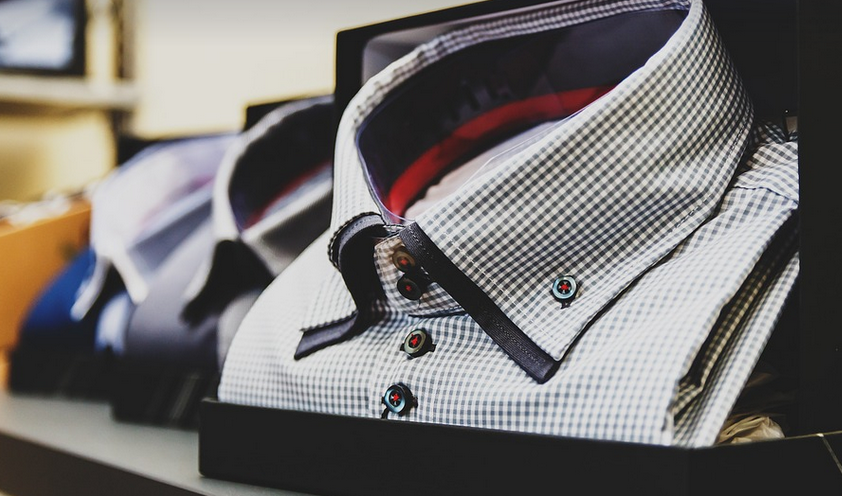What’s the Deal with AR 670-1 and Civilian Clothes?
You know that feeling when you walk into a meeting wearing your comfy sweatpants, only to be met with raised eyebrows from your colleagues in their tailored suits? It happens more often than we like! But while there are specific dress codes for military personnel, civilian clothing within the US Army has its own guidelines.
AR 670-1, otherwise known as “Uniform Regulations”, lays out the rules for the appearance of all Army personnel. While this document focuses on uniforms and gear, there’s a whole section dedicated to civilian clothes. It might seem like an unnecessary detail, but understanding these specific guidelines is crucial for maintaining professionalism within the army.
The reason for these regulations? It’s all about presentation and ensuring we project a positive image of the Army as a respected organization. We want our civilian colleagues to look sharp and professional alongside our military personnel, demonstrating a sense of unity and cohesion.
So, what exactly does this regulation cover? Let’s dive in…
Understanding the Basic Rules:
AR 670-1 outlines several key considerations for civilian clothing:
- Personal Appearance: The first and most important rule is to keep your overall appearance neat, clean, and presentable. This includes things like well-trimmed hair, proper hygiene, and a polished look.
- Clothing Choice: Choosing the right clothes for professional settings is crucial. You wouldn’t wear ripped jeans or a stained t-shirt to an important business meeting, and you shouldn’t wear these kind of attire in any official capacity as a civilian employee.
- Dress Code for Meetings: The specific dress code for meetings can vary depending on the context and formality level. When meeting with clients, government officials, or fellow military personnel, it’s important to choose the most appropriate outfit that reflects your role within the company.
For those who find themselves in a more casual environment at work, such as a creative agency or public sector organization, there will be less strict guidelines on what you can wear. But even in these instances, it’s important to make sure your clothing is clean and well-maintained. It’s not about being trendy but rather about presenting yourself in a professional way.
Navigating the Dress Code: A Practical Guide
Here are some general guidelines for civilian clothing within the US Army:
- Business Attire: For business meetings or formal events, you’ll want to dress in suits, slacks, and button-down shirts. This is your go-to outfit for any situation where you need to look sharp and professional, from client presentations to public relations engagements.
- Casual Attire: For less formal settings like team lunches or after-work gatherings, consider a more relaxed style. While jeans are acceptable in many situations, ensure they’re clean and well-fitting, and you pair them with a casual shirt or blouse.
- Office Wear: Even within the office setting, it’s important to dress in a manner that reflects professionalism. This often means wearing slacks or skirts with blouses or button-down shirts. A neat and tidy appearance can be both comfortable and appropriate for work environments where you will be interacting with colleagues.
Remember, these guidelines are meant to guide your personal style while staying within the Army’s respectful dress code. Don’t hesitate to reach out to a supervisor or HR representative if you have any questions about specific attire expectations.
It is important to approach dressing for work with an understanding of both style and professionalism. This ensures that you project a positive image of the army and its civilian employees while maintaining a sense of cohesion within the workplace.
Staying Ahead of the Curve
Knowing the basics of civilian clothing in relation to the US Army is crucial, but it’s just one piece of the puzzle. Staying current with industry trends can be equally important for your career progression and professional development. This includes considering how changing office environments are influencing dress codes and expectations.
The world of work is dynamic and constantly evolving, and we need to remain aware of the latest trends and adapt accordingly to ensure our appearance reflects professionalism within the workforce.
Remember, dressing for success goes beyond just looking good. It’s about feeling comfortable and confident in your own skin, which will ultimately make you more effective at work.
< p> And that’s the spirit of a well-dressed civilian!
